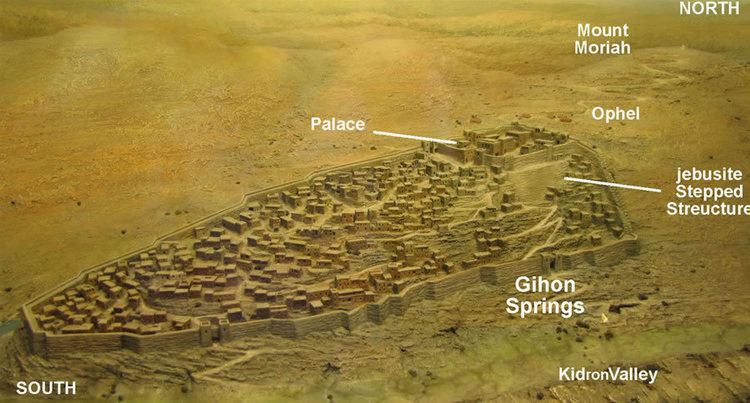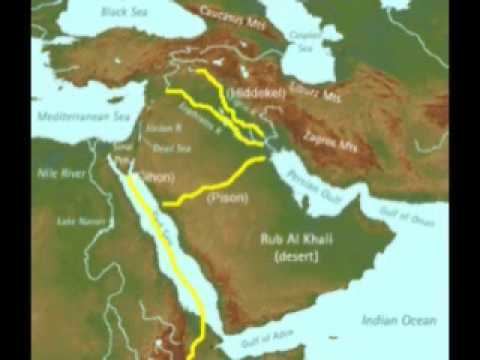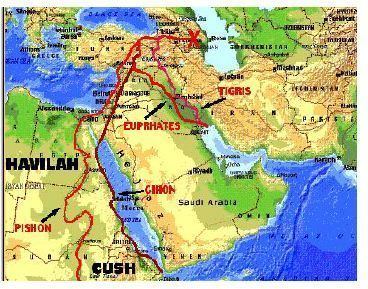 | ||
Similar Tigris, Zarqa River, Kishon River | ||
The garden of eden part 6 the river gihon and the land of ethiopia
Gihon is the name of the second river mentioned in the second chapter of the biblical Book of Genesis. The Gihon is mentioned as one of four rivers (along with the Tigris, Euphrates, and Pishon) issuing out of the Garden of Eden that branched from a single river within the garden. The name (Hebrew Giħôn גיחון) may be interpreted as "bursting forth, gushing".

The Gihon is described as "encircling the entire land of Cush", a name associated with Ethiopia elsewhere in the Bible or Kush. This is one of the reasons that Ethiopians have long identified the Gihon (Giyon) with the Abay River (Blue Nile), which encircles the former kingdom of Gojjam. From a current geographic standpoint this would seem impossible, since two of the other rivers said to issue out of Eden, the Tigris and the Euphrates, are in Mesopotamia. However, the scholar Edward Ullendorff has argued in support of this identification. The city in the Mesopotamian area which best fits the description is called Kish (derivative of Kush or Cush) located in a plain area (Sumerian 'edin') and resembles an area that is repeatedly flooded by the rivers Euphrates and Tigris.

Nineteenth century, modern, and Arabic scholars have sought to identify the "land of Cush" with Hindu Kush, and Gihon with Amu Darya (Jihon/Jayhon of the Islamic texts). Amu Darya was known in the medieval Islamic writers as Jayhun or Ceyhun in Turkish. This was a derivative of Jihon, or Zhihon as it is still known by the Persians.

First-century Jewish historian Josephus associated the Gihon river with the Nile.
Gihon has also been associated with the Araxes (modern Aras) river of Turkey. An alternative hypothesis suggests that the Gihon River has ceased to exist, attributed to alterations in the landscape resulting from the Noachian Flood.

Juris Zarins identified the Gihon with the Karun River in Iran and Kush with the land of the Kassites.

